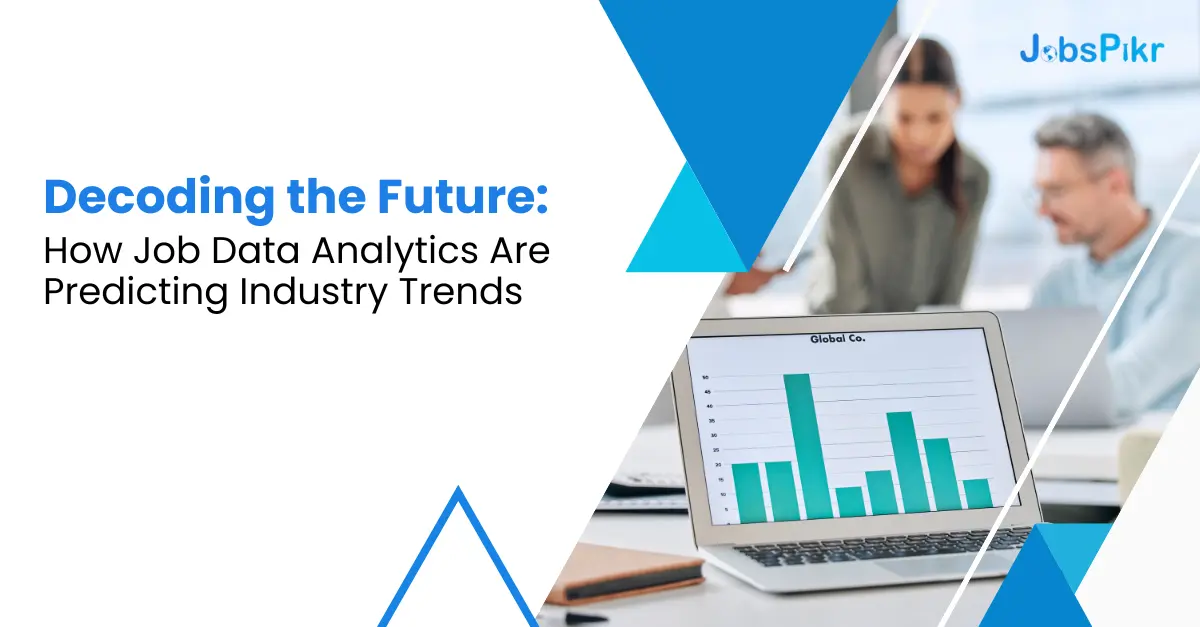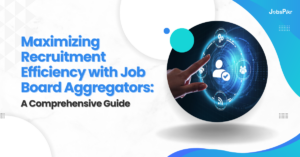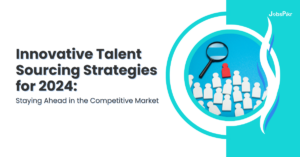The significance of employing job data analytics in contemporary professional environments cannot be overstated. Through rigorous examination of employment-related information, organizations can discern underlying trends, anticipate future market developments, and facilitate evidence-based decision-making processes.
Through the combination of statistical algorithms, machine learning practices, and large-scale data processing, job data analytics enables companies to:
- Identify skill gaps by examining current industry requirements versus available talent,
- Optimize recruitment through analysis of candidate data and job performance,
- Enhance workforce planning by forecasting future labor market shifts, and
- Drive strategic growth by aligning talent with business objectives.
Equipped with these data-informed insights, organizations are empowered to maintain their competitive edge within an ever-evolving and frequently uncertain employment landscape.
Dissecting Job Data Analytics: Process and Tools
Job data analytics is the thorough investigation of employment data, job listings, salaries, and sector-specific patterns. Experts in this field gather extensive sets of data from labor market intelligence platforms, corporate records, and open sources such as the Bureau of Labor Statistics. They then cleanse the data to remove inconsistencies, ensuring accuracy.
Key tools in this process include:
- Statistical software (e.g., R, SAS) for complex data analysis
- Data visualization platforms (e.g., Tableau, Power BI) to create intuitive representations of data trends
- Machine learning algorithms, enhancing predictive analytics precision
- Database management tools (e.g., SQL), essential for handling large datasets
These tools enable experts to recognize patterns and predict industry directions, guiding strategic decisions on workforce development and economic planning.
Predictive Modeling in Job Data Analytics
Predictive modeling harnesses historical data to forecast future job trends and employment opportunities. In job data analytics, it enables professionals to:
Image Source: What is Predictive Analytics? Definition and Uses (2023) | Visier
- Identify the potential growth or decline in specific industries
- Anticipate the demand for certain job roles based on technological advancements and economic indicators
- Recognize the emergence of new occupational categories before they become mainstream
- Guide the development of educational curriculums and training programs that align with future job market needs
Through the application of algorithms and machine learning methodologies, predictive modeling provides significant advantages in terms of insight generation. This enables stakeholders to make knowledgeable decisions and formulate strategic plans based on data-driven predictions.
The Impact of Big Data on Job Market Predictions
Increasingly, Big Data is revolutionizing job market predictions as predictive analytics emerge as a powerful tool for uncovering nascent tendencies. These novel approaches rely upon colossal datasets, thereby offering unprecedented insight into tomorrow’s workforce dynamics.
Consequently, businesses stand to profit immensely from heightened accuracy when estimating forthcoming demand for particular competencies, ultimately ensuring optimal resource allocation amidst fierce competition. Here are critical ways Big Data impacts job market forecasts:
- Enhanced Precision: Algorithms analyze patterns within extensive employment data, providing granular predictions on where jobs may emerge or decline.
- Real-time Insights: Big Data tools offer ongoing analysis, allowing for up-to-the-minute forecasts that account for sudden market shifts.
- Predictive Recruitment: Companies use Big Data to foresee staffing needs, streamlining the hiring process by identifying candidates with the requisite future skills.
- Sector-Specific Analysis: Data is dissected by industry, enabling precise predictions for highly specialized fields.
- Geographic Specificity: Big Data can localize job market predictions, benefiting regional economic planning and individual location-based career decisions.
Challenges and Limitations of Forecasting Industry Movements
Forecasting industry trends is fraught with complexity, primarily due to the dynamic nature of markets. Key challenges include:
- Data Accuracy: Job data analytics depend on the quality and granularity of data, which may be compromised by inaccuracies or inconsistencies.
- Rapid Technological Changes: The swift pace of technological innovation can quickly render predictions obsolete.
- Economic Fluctuations: Unforeseen economic events can dramatically alter industry trajectories, making forecasting difficult.
- Human Behavior: Unpredictable collective human responses to trends can influence the accuracy of predictive models.
- Regulatory Impact: Changes in legislation or policy can have immediate and unpredictable effects on industry dynamics.
These limitations must be carefully navigated to create reliable forecasts.
Future Trends in Job Data Analytics and Workforce Planning
As we peer into the horizon of workforce management, job data analytics is poised for transformative advancements. Emerging trends include:
- Integration of Artificial Intelligence: AI will increasingly automate data analysis, providing deeper and more nuanced insights into workforce trends.
- Predictive Analytics: Enhanced predictive models will better forecast future industry needs and job market shifts, allowing for proactive talent planning.
- Real-Time Labor Market Analysis: Advancements in real-time data gathering will allow businesses to respond dynamically to immediate labor market changes.
- Augmented Decision-Making: Data analytics will evolve to support more complex decision-making processes, with visual analytics and scenario modeling becoming standard toolsets.
- Focus on Soft Skills: Increasing value will be placed on soft skills analysis to ensure workforce adaptability and cultural fit.
- Workforce Diversity Analytics: There will be a heightened focus on analytics that promote diversity, equity, and inclusion within organizations.
Each trend will be pivotal in shaping the strategic workforce frameworks of the future, refining how organizations plan and bolster their human capital.




